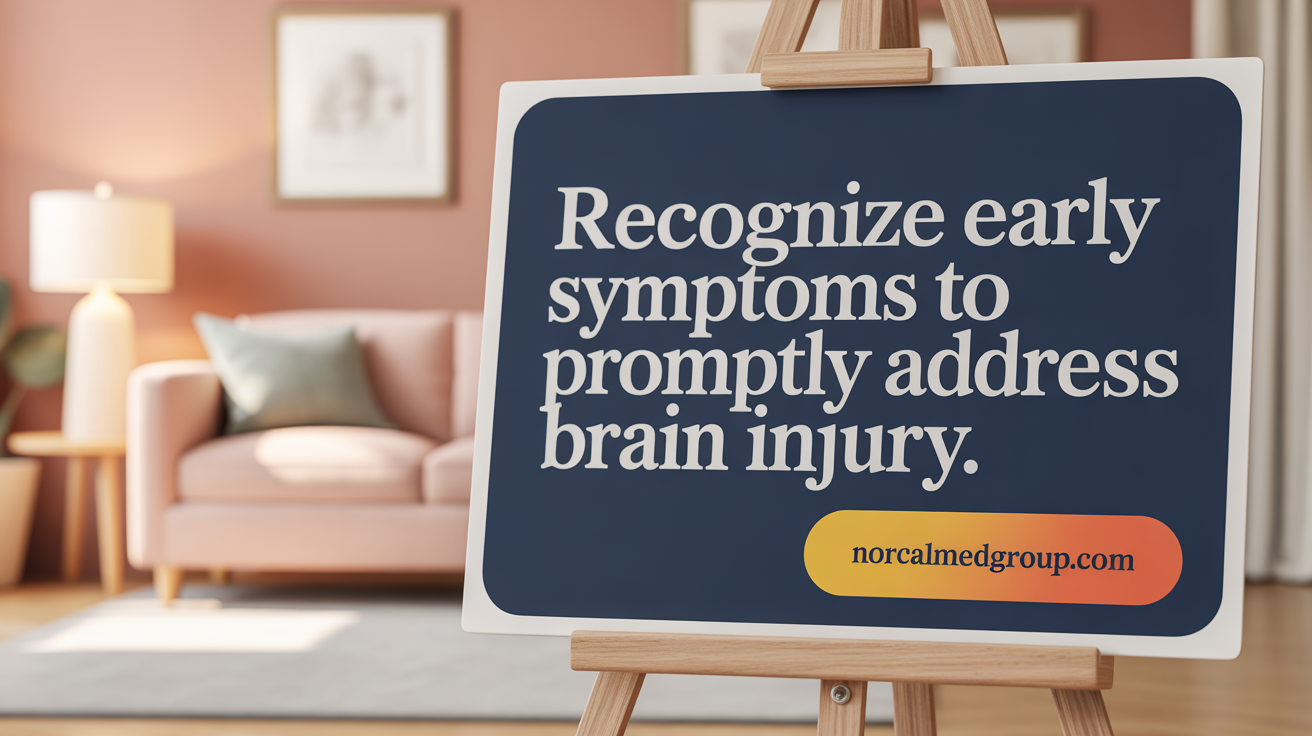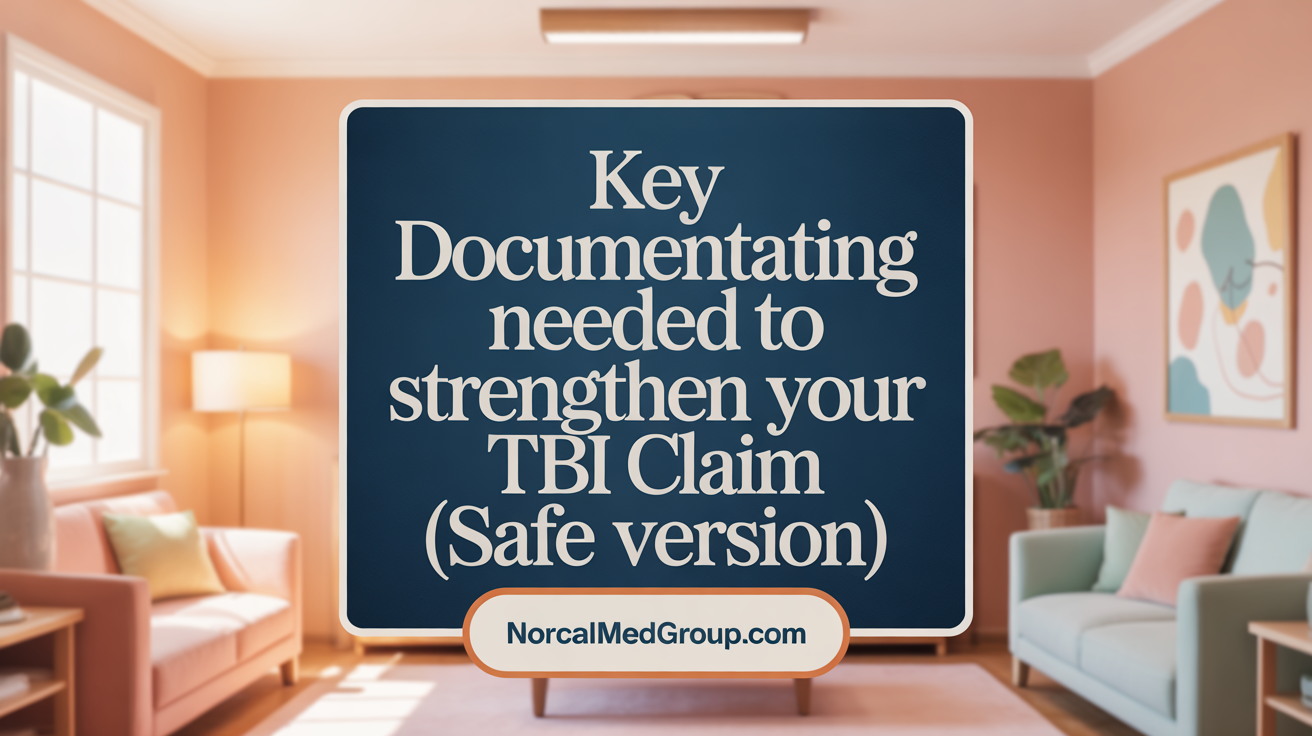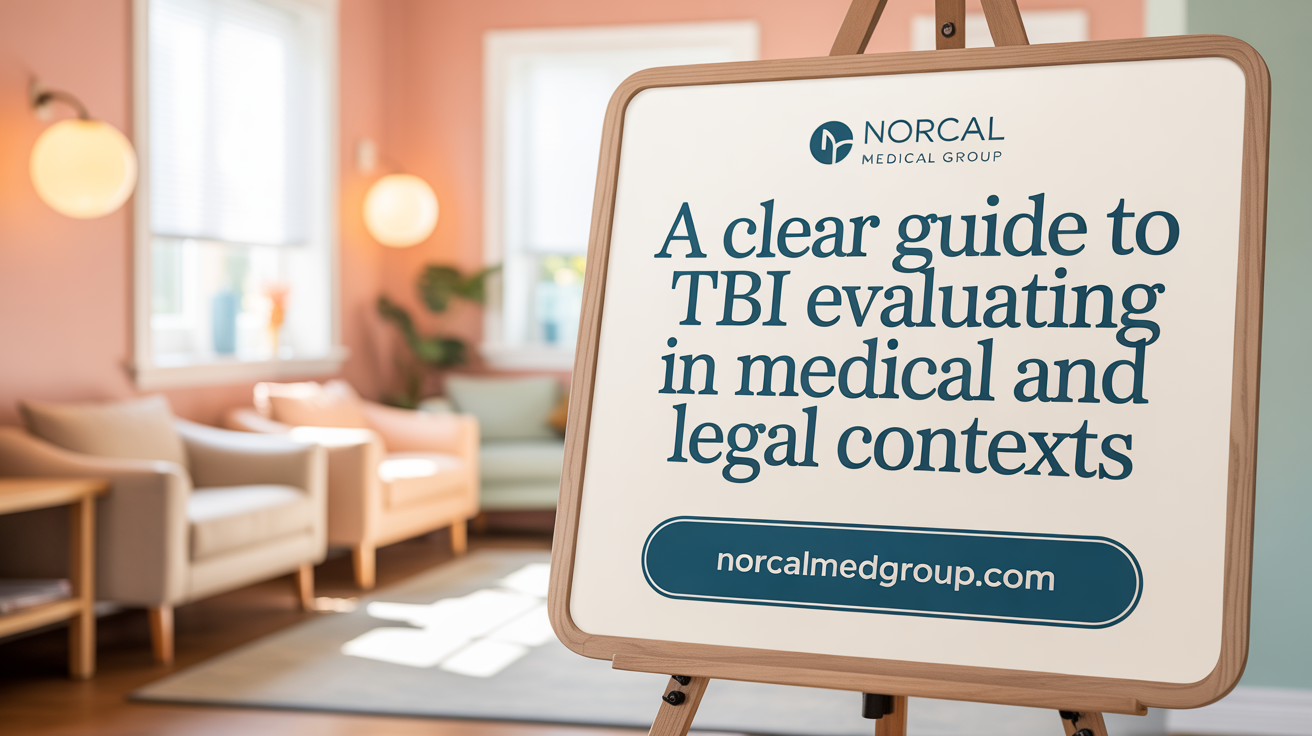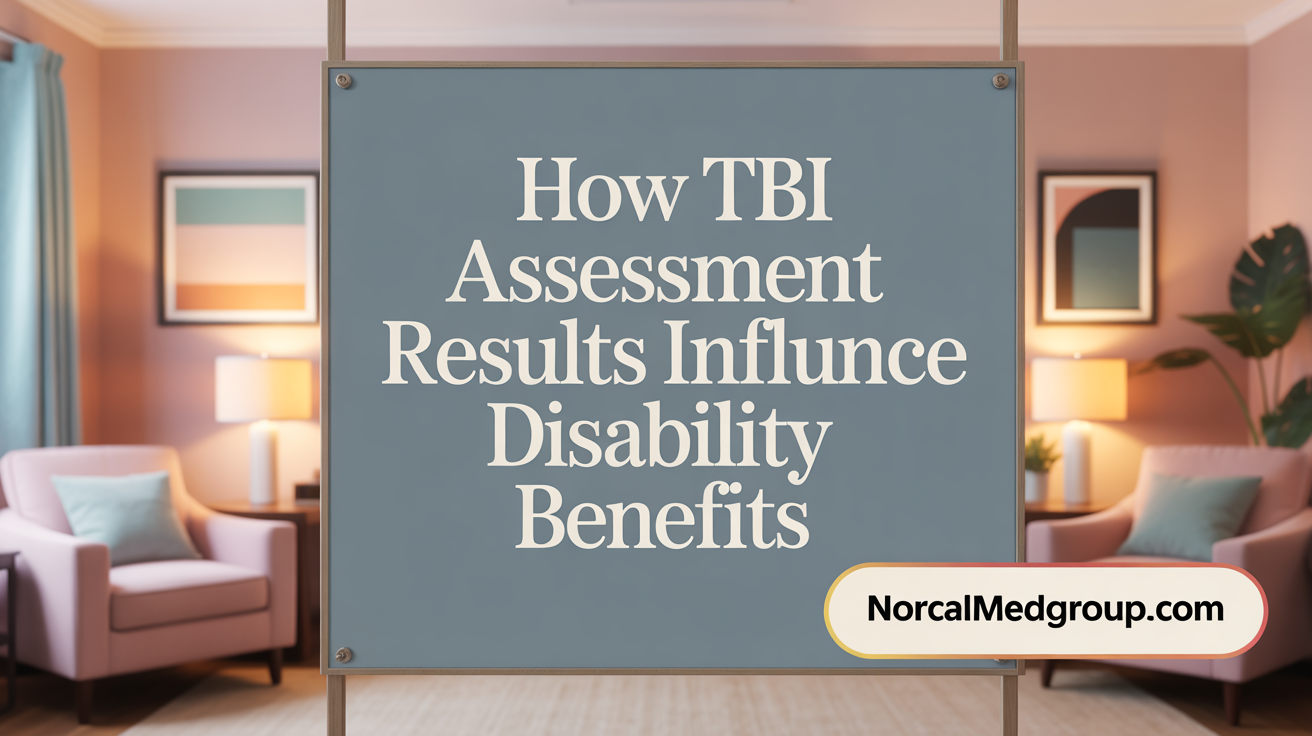Introduction to Traumatic Brain Injury and Its Complexities
Traumatic Brain Injury (TBI) represents a significant medical and legal challenge due to its complex nature, varied causes, and far-reaching consequences. TBIs result from external mechanical forces that disrupt normal brain function, ranging from mild concussions to severe injuries that can cause lasting disability or even death. Proper evaluation and thorough documentation are essential not only for diagnosis and treatment but also for substantiating legal claims related to these injuries. This article provides an in-depth exploration of TBI causes, evaluation procedures, necessary medical evidence, the legal context of claims, and the critical connection between assessment outcomes and disability benefits.
Causes, Mechanisms, and Symptoms of Traumatic Brain Injury

What are the common causes, symptoms, and mechanisms of traumatic brain injury (TBI)?
Traumatic brain injury (TBI) often results from external forces impacting the head, such as falls, vehicle collisions, sports-related impacts, or violence. These incidents cause the brain to collide with the inside of the skull or be pierced by objects, leading to primary injury.
The mechanisms underlying TBI include several types of damage. Impact injuries can produce contusions and hematomas, while rapid acceleration or deceleration leads to diffuse axonal injury, where nerve fibers stretch or tear. Penetrating injuries involve objects piercing the skull and entering brain tissue.
Secondary injury processes also play a significant role. These include brain swelling, increased intracranial pressure, inflammation, and reduced blood flow, all of which can worsen neuronal damage.
Symptoms vary extensively depending on injury severity. Mild TBI, often called concussion, may cause headaches, dizziness, confusion, and memory issues. More severe injuries can result in loss of consciousness, coma, seizures, motor weaknesses, sensory deficits, and cognitive impairments.
The physiological basis involves mechanical tissue disruption, neurochemical cascades releasing excitotoxic substances, oxidative stress, and inflammatory responses. These processes can cause ongoing neuron death and functional deficits.
Prevention involves safety measures such as helmets and seat belts. Prompt medical evaluation, surgical intervention if needed, and comprehensive rehabilitation are essential for recovery and minimizing long-term impacts.
Medical Evaluation and Diagnostic Criteria for TBI
How is a traumatic brain injury evaluated medically?
A traumatic brain injury (TBI) undergoes a detailed assessment process involving multiple steps. Clinicians perform neurologic examinations to assess cognitive, motor, sensory, and reflex functions. Medical interviews and patient histories are crucial, especially since mild TBIs often rely heavily on self-reporting of symptoms such as headaches, dizziness, or confusion. Specialized screening tools, like concussion assessments used in military or sports settings, may also be employed.
Imaging studies are vital for diagnosis. Computed tomography (CT) scans help detect bleeding, swelling, or skull fractures, while magnetic resonance imaging (MRI) provides detailed images of brain tissue. Advanced techniques like diffusion tensor imaging (DTI) offer insights into microstructural damage and are increasingly used in prognosis and research.
Blood tests and emerging biomarkers are under investigation but are not yet standard. In complex cases, doctors consider the whole clinical picture, including witness reports and psychological assessments, to determine severity and guide treatment.
What criteria are used to diagnose and classify the severity of traumatic brain injury?
Diagnosis and classification rely on a combination of clinical and imaging findings. Key factors include the Glasgow Coma Scale (GCS), the duration of loss of consciousness (LOC), alterations of mental state (AOC), post-traumatic amnesia (PTA), and imaging results.
Mild TBI: Typically characterized by no abnormalities or minor changes on imaging, with LOC lasting less than 30 minutes, and GCS scores between 13 and 15. AOC lasts up to 24 hours, and PTA is usually 0-1 day.
Moderate TBI: Features may include longer LOC (over 30 minutes up to 24 hours), more pronounced imaging findings, and GCS scores from 9 to 12. AOC exceeds 24 hours, and PTA lasts more than 1 but less than 7 days.
Severe TBI: Often involves significant imaging abnormalities, lasting LOC over 24 hours, and GCS scores below 9. AOC and PTA can extend over weeks, with increased risk of long-term disability.
These criteria assist health professionals in identifying injury severity, guiding treatment, and predicting outcomes. Accurate classification is critical not only for medical management but also for legal and disability evaluations.
Medical Evidence and Assessment Tools for TBI
What medical evidence and assessment tools support traumatic brain injury evaluations?
Evaluating a traumatic brain injury (TBI) involves a combination of medical evidence and specialized assessment tools. These tools are essential in determining the presence, severity, and long-term impact of the injury.
One of the primary forms of medical evidence used is neuroimaging. Techniques such as computed tomography (CT) scans and magnetic resonance imaging (MRI) provide visual confirmation of structural damage within the brain. CT scans are especially useful in detecting acute brain bleeding or fractures immediately after injury, while MRIs can reveal more subtle injuries like diffuse axonal damage or small lesions that might not be visible on CT. Functional imaging, including functional MRI (fMRI) and PET scans, also assists in understanding brain activity and metabolic changes, which are crucial for assessing residual impairments.
Clinical assessment scales play a vital role as well. The Glasgow Coma Scale (GCS) is widely used initially to evaluate consciousness levels following an incident, helping classify the injury as mild, moderate, or severe. Screening questionnaires such as the Brain Injury Screening Questionnaire (BISQ) and the Ohio State University TBI Identification Method (OSU TBI-ID) help gather detailed histories of symptoms and past injuries. These structured tools facilitate the documentation of cognitive, behavioral, and emotional issues.
Specialized assessment protocols like the Military Acute Concussion Evaluation 2 (MACE 2) are designed to evaluate mild TBI symptoms, including headaches, dizziness, and visual disturbances. Clinical recommendations for dizziness and visual problems provide guidance for identifying and managing related residual symptoms.
In addition to imaging and screening questionnaires, neuropsychological testing is essential for measuring cognitive functions such as memory, attention, processing speed, and executive functioning. Standardized assessments, like the Wechsler Adult Intelligence Scale (WAIS) and other neuropsychological assessments, help quantify deficits and the injury’s impact on daily activities.
Psychological evaluations further identify emotional and behavioral changes, including depression, anxiety, or PTSD, often associated with TBI. Rehabilitation records, including physical, occupational, and speech therapy notes, document ongoing recovery efforts, functional improvements, and persistent challenges.
When combined, these objective evidence collection methods and clinical assessment tools offer a comprehensive overview. They not only confirm the diagnosis but also quantify impairment levels, support legal claims, and guide treatment planning.
Documentation Essentials to Support Traumatic Brain Injury Claims

What documentation is necessary to support a traumatic brain injury claim in legal cases?
Supporting a TBI claim effectively requires a comprehensive collection of medical and incident-related records. Medical documentation should include detailed reports from emergency room visits, hospital stays, surgical notes, follow-up care summaries, and specialist consultations. These records help establish the injury's severity and outline the treatments undertaken.
Imaging results are crucial; CT scans, MRIs, functional MRIs (fMRI), and PET scans provide visual evidence of structural brain damage. Neuropsychological assessments, such as cognitive testing and evaluations, are equally important to demonstrate impairment in mental functions and daily activities.
Beyond medical reports, gathering evidence of the incident itself—such as police reports, witness statements, photographs, and videos—can help establish liability and causation. Personal logs or diaries documenting ongoing symptoms, behavioral changes, and emotional impacts strengthen the case by illustrating the injury's long-term effects.
Expert evaluations from neurologists, neuropsychologists, and vocational specialists are vital. Their professional opinions link the injury to specific impairments, helping to quantify damages and establish causation.
Organizing all these documents systematically, ensuring they are current and authored by qualified professionals, enhances credibility. Additionally, including supporting evidence like medical bills, treatment costs, and incident reports provides a clear picture of the injury's impact and necessary care.
In summary, a strong TBI claim relies on detailed, organized medical records, clear imaging evidence, incident documentation, and expert testimony, all working together to demonstrate injury severity, causation, and ongoing impairment.
Step-by-Step Process for Evaluating TBI in Medical and Legal Settings

What is the step-by-step process for evaluating a traumatic brain injury in medical and legal contexts?
The thorough assessment of a traumatic brain injury (TBI) begins immediately after the injury occurs, with urgent medical attention. Emergency clinicians perform initial evaluations that include a detailed history, neurological examination, and diagnostic imaging such as CT scans or MRIs. It's important to note that some TBIs, especially mild ones, may not show up on standard imaging, so clinicians also consider symptoms and incident details.
Following the initial assessment, further testing is crucial for understanding the injury's severity and long-term effects. Neuropsychological evaluations are often conducted to assess cognitive functions such as memory, attention, and executive functioning. These tests help document how the injury impacts mental and physical capacities.
Medical records—including emergency reports, treatment notes, imaging results, and rehabilitation records—play a vital role in substantiating the injury and its severity. Witness statements or personal journals can also provide context on symptom progression and daily impact.
Expert medical professionals, such as neurologists and neuropsychologists, prepare comprehensive reports and may serve as expert witnesses. Their evaluations establish the causation, severity, prognosis, and treatment needs, which are not only essential for medical management but also form the foundation for legal claims.
In the legal arena, these medical documents are reviewed alongside incident reports and witness testimonies to evaluate liability and damages. Attorneys and assessors analyze the injury's impact on employment, quality of life, and emotional well-being. Recognizing the importance of timely evaluation, legal procedures often require establishing causation within statutory time limits.
Coordination between healthcare providers and legal professionals ensures a comprehensive approach to evaluation. This collaborative effort helps secure accurate documentation of the injury's effects and supports claims for compensation, encompassing medical expenses, ongoing care, lost wages, and pain and suffering. Overall, the process aims to establish a clear connection between the incident and the injury, confirming both clinical and legal validity.
Legal Considerations and Implications in TBI Injury Claims
When evaluating a traumatic brain injury (TBI) for legal claims, several important considerations come into play. Establishing causation between the injury and the incident is fundamental—this involves a detailed collection of medical records, imaging results, and neuropsychological assessments that document the injury’s severity and long-term effects.
Thorough and objective medical evaluation is crucial. Expert testimony from neurologists or neuropsychologists often plays a vital role in substantiating the link between the incident and the injury, particularly given the complex and sometimes subtle symptoms of TBI. These specialists can provide insights into injury mechanisms, prognosis, and ongoing impairments.
Legal frameworks also require understanding the statutes of limitations and specific deadlines for filing claims, which differ across jurisdictions. Failing to meet these deadlines can result in the loss of legal rights to seek damages.
Assessing damages involves estimating medical expenses, rehabilitation costs, loss of wages, and non-economic damages such as pain and suffering. Because TBI can cause long-lasting cognitive, behavioral, and emotional disabilities, documenting these effects is critical for pursuing appropriate compensation and long-term care support.
Liability considerations are guided by laws related to negligence, premises liability, or product liability, depending on the incident’s nature. In addition, federal policies like the TBI Act emphasize the importance of recognizing and addressing the long-term impacts of brain injuries.
In summary, legal professionals handling TBI cases must carefully gather and interpret medical evidence, consult with medical experts, and understand relevant statutes to ensure that claims are credible, comprehensive, and timely. This multi-faceted approach enhances the chances of securing just compensation and protecting the rights of individuals affected by TBI.
Impact of TBI Assessment Results on Disability Claims and Benefits Processing

How do traumatic brain injury assessment results affect disability claims and benefit processing?
Assessment results for traumatic brain injuries (TBIs) play a crucial role in the approval and determination of disability benefits. These evaluations provide concrete, objective evidence of the injury's severity and the specific ways it impairs a person's physical and mental functions.
Medical documentation such as neuropsychological tests, imaging reports like CT scans and MRIs, and detailed treatment records collectively paint a comprehensive picture of the injury’s impact. For instance, persistent cognitive issues, motor impairments, or sensory deficits highlighted in these assessments are vital for establishing a claim's validity.
Benefits programs like the Social Security Administration (SSA) often refer to disability listings like 11.18 for brain injuries. To meet these standards, claimants must show documented evidence of ongoing symptoms and limitations that hinder their ability to work.
Accurate assessment results can significantly streamline the claims process. When medical records clearly demonstrate the injury's long-term effects, they help reduce delays and prevent denials stemming from insufficient proof.
Furthermore, detailed evaluations, including neuropsychological testing and specialist reports, strengthen legal claims for long-term support and aid in determining appropriate benefit levels. Healthcare professionals' testimonies confirm the connection between the injury and functional impairments, reinforcing the claim.
In summary, thorough and well-documented injury assessments are essential. They not only substantiate the injury's severity but also support claims for necessary benefits, improving the chances of approval and ensuring injured individuals receive the compensation they deserve.
Conclusion: The Critical Role of Thorough Evaluation in TBI Claims
Traumatic Brain Injury presents multifaceted challenges that intertwine medical complexity with legal and disability considerations. Understanding the causes, mechanisms, and broad symptomatology lays the foundation for accurate diagnosis and effective treatment. Comprehensive medical evaluations incorporating neurological exams, advanced imaging, and cognitive testing are essential to document injuries properly and assess their impact on function and quality of life. Detailed, credible documentation supports legal efforts to establish causation and liability, while expert testimony strengthens the ability to obtain fair compensation. Moreover, the results of thorough assessments are pivotal in securing appropriate disability benefits, influencing not only claim approval but also ongoing care and rehabilitation. Ultimately, coordinated efforts between medical professionals and legal advocates are vital to addressing the full spectrum of needs faced by TBI victims, ensuring that evaluation steps translate into meaningful claim outcomes and benefits.
References
- Considerations for Evaluation of Traumatic Brain Injury Claims
- What Medical Evidence Supports Brain Injury Claims? - G. Aldrich Law
- Disability Determination Process for Veterans with Traumatic Brain ...
- Medical Evaluation After a Brain Injury: Essential Steps for a ...
- Evaluation Process for Traumatic Brain Injury (TBI) Claims
- How to Prove Traumatic Brain Injury (TBI) in a Personal Injury Case
- TBI (Traumatic Brain Injury): What It Is, Symptoms & Treatment
- DBQ Initial Evaluation of Residuals of Traumatic Brain Injury (I-TBI ...
